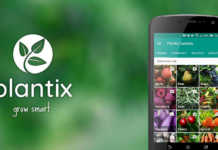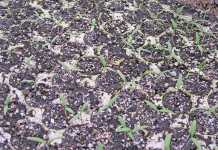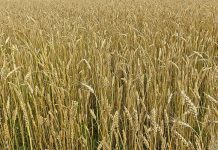No soil is uniform and different areas in a land require different amounts of water. Three separate products provide water-use solutions, according to need and finances.
Smart irrigation
CropX, a new US ag-tech company, claims it can help farmers produce more using less water. The technology is the result of a collaboration between Israeli genomics researchers and New Zealand irrigation experts, and CropX says it can reduce farmer’s water usage by about 25%.
Sensors are placed in the land, and, together with specially designed software, helps to determine precisely how much water to use on various parts of the land.
In this way, you effectively increase yields and save water at the same time – because traditional methods often result in an area receiving more water than is necessary.
The sensors transmit the data they collect to the Cloud (a computer server), which calculates how much water various parts of the land require. Recommendations on how much water to deliver to each sector are then sent to your smartphone via an app.
Monitoring leaks
For some farmers, a smart irrigation system is out of reach due to financial constraints. Enter PowPow. This company offers the installation of simple smart meters on water pumps and networks to detect leaks. You will then receive a text message if there’s an abnormal spike in water use.
absorbs water Farmers aren’t just using digital tools to improve their water usage. Companies are also using sophisticated genomics and breeding techniques to produce seeds and crops that are more drought-resistant and water-efficient.
US company mOasis has developed a super- absorbent gel polymer called hydrogel, which is inserted into the soil before the planting season.
The hydrogel can soak up to 250 times its weight in water. Absorbed during irrigation, the excess water is released as the soil dries out.









